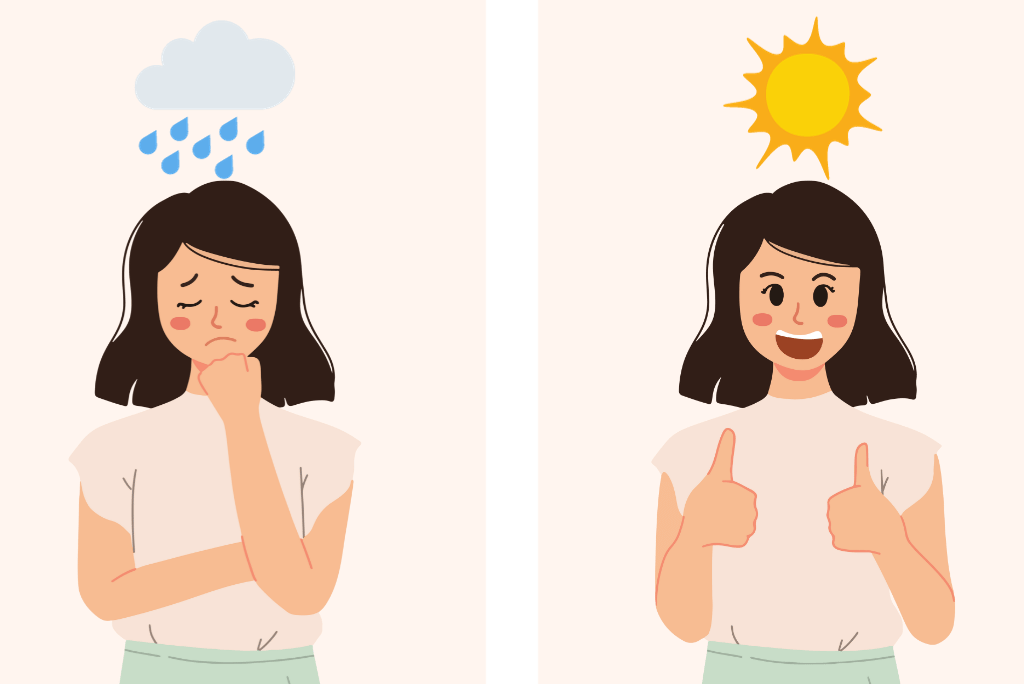
As the days grow shorter and the temperatures drop, many people find themselves experiencing a noticeable shift in mood. They may feel more sluggish, irritable, and less motivated. This phenomenon is not uncommon and is often attributed to Seasonal Affective Disorder (SAD), a type of depression that tends to rear its head during the fall and winter months. But fear not; there’s a bright side to this dark cloud. The key to feeling better may just be a bit of sunshine.
What Is Seasonal Affective Disorder (SAD)?
Seasonal Affective Disorder, aptly acronymed as SAD, is a form of depression characterized by recurring episodes of depression that coincide with specific seasons, most commonly fall and winter. While it’s less common, some individuals experience SAD during the spring and summer months.
The Role of Sunlight in SAD
One of the leading theories behind SAD is the lack of sunlight exposure. During the fall and winter, daylight hours are shorter, and people tend to spend more time indoors. This reduced exposure to natural light can disrupt the body’s internal clock, known as the circadian rhythm, and affect the production of important neurotransmitters like serotonin.
How Sunlight Helps Alleviate SAD
The good news is that there’s a remedy, and it’s as simple as stepping outside on a sunny day. Exposure to natural sunlight can have a profound impact on individuals with SAD. Here’s how:
- Boosting Mood: Sunshine triggers the production of serotonin, often dubbed the “feel-good” neurotransmitter. Increased serotonin levels can lead to improved mood and a sense of well-being.
- Regulating Circadian Rhythm: Sunlight exposure helps regulate the body’s internal clock, promoting better sleep and overall mental stability.
- Light Therapy: For those unable to get enough natural sunlight, light therapy can be a game-changer. Special lightboxes emit a spectrum of light that mimics natural sunlight, providing relief from SAD symptoms.
- Vitamin D Production: Sunlight is a natural source of vitamin D, and maintaining adequate vitamin D levels is crucial for mental health. Vitamin D deficiency has been linked to depressive symptoms, so soaking up the sun can help prevent this deficiency.
Combating SAD
If you suspect you’re dealing with SAD or know someone who is, there are several strategies to consider:
Get Outside
Make an effort to spend time outdoors during daylight hours. Even a short walk during lunchtime can make a difference.
Light Therapy
Consider using a light therapy box, especially if you live in a region with limited sunlight during the winter.
Maintain a Routine
Stick to a regular sleep schedule and engage in activities that bring you joy and relaxation.
Consult a Professional
If your SAD symptoms persist or worsen, don’t hesitate to seek help from a mental health professional. Therapy and medication can be effective treatments for SAD.
While Seasonal Affective Disorder can cast a shadow over the colder months, there’s a ray of hope in the form of sunlight. Embracing the sun and its mood-boosting benefits can help chase away the winter blues, allowing you to enjoy a happier, more vibrant season. Remember, a little sunshine can go a long way in brightening your mood and improving your overall well-being.
